10 inspirational design cities
We take a look at 10 of the world’s most exciting locations to live, work and visit as a creative.
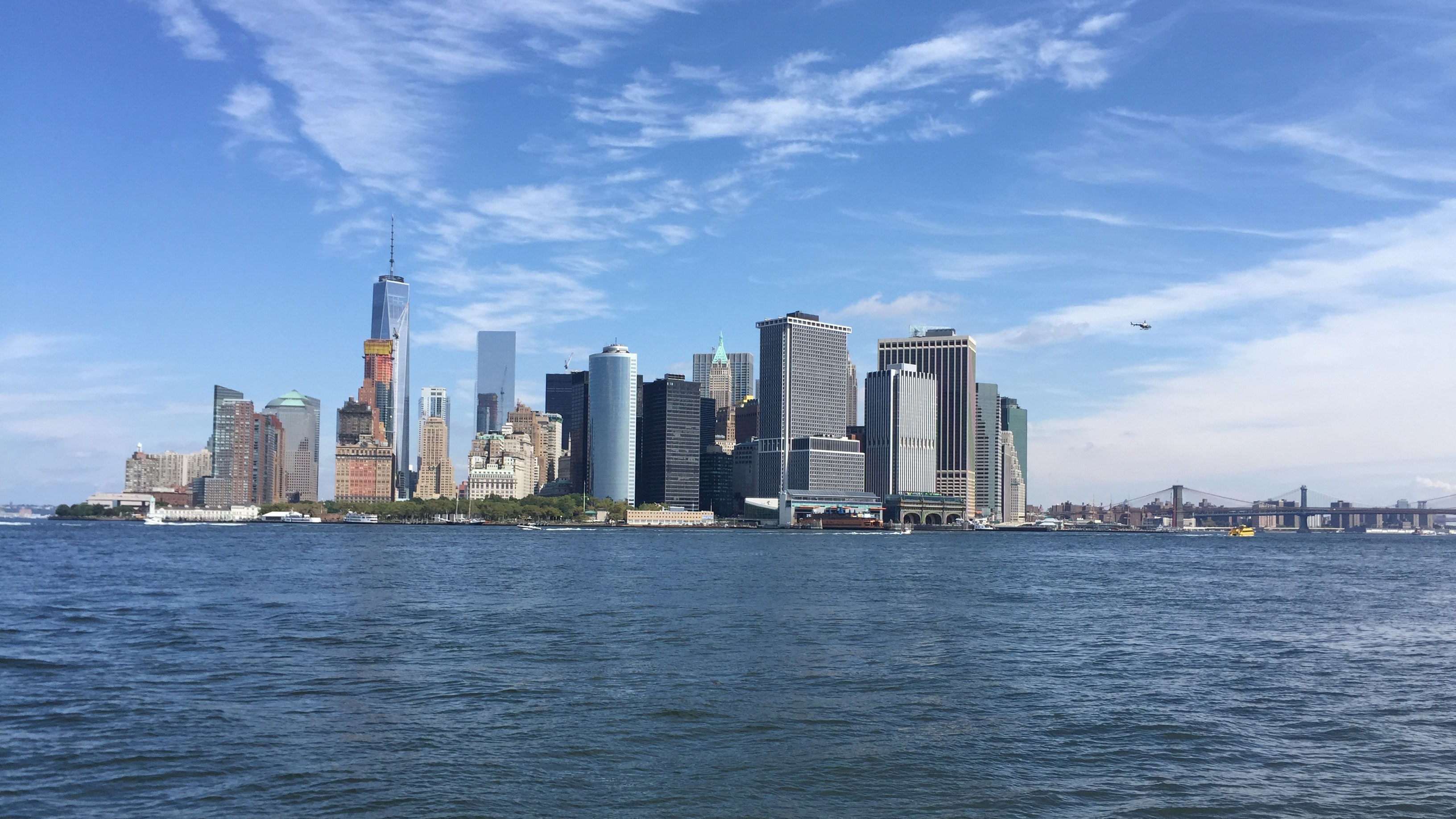
The global creative industries have never been stronger. According to a 2015 report from UNESCO, in 2013, the creative economy employed nearly 30 million people worldwide and generated $2.25 billion in revenue – accounting for three per cent of the world’s GDP.
Since then, the global creative industries have continued to grow, driving economic growth and raising quality of life all over the world. This is great news for designers: whether you’re considering a permanent change of scenery post Brexit or Trump, or simply planning an inspirational holiday, there are dozens of exciting cities to choose from.
So where are the most amazing places to live, work and visit as a creative professional? We’ve analysed the stats to bring you 10 of the best.
Of course, this isn’t a definitive list – we haven’t mentioned Tokyo, Paris, San Francisco or Sydney, to name but a few. And should we have included the world’s leading supercities, London and New York, when increasingly unaffordable rents are forcing some creatives out of the city?
Debate aside, what we can tell you is that the following cities are shining examples of creative economies. Each has its challenges, but all are packed with culture, innovation and stunning examples of design being used for good. Read on for some truly global inspiration…
01. Mexico City
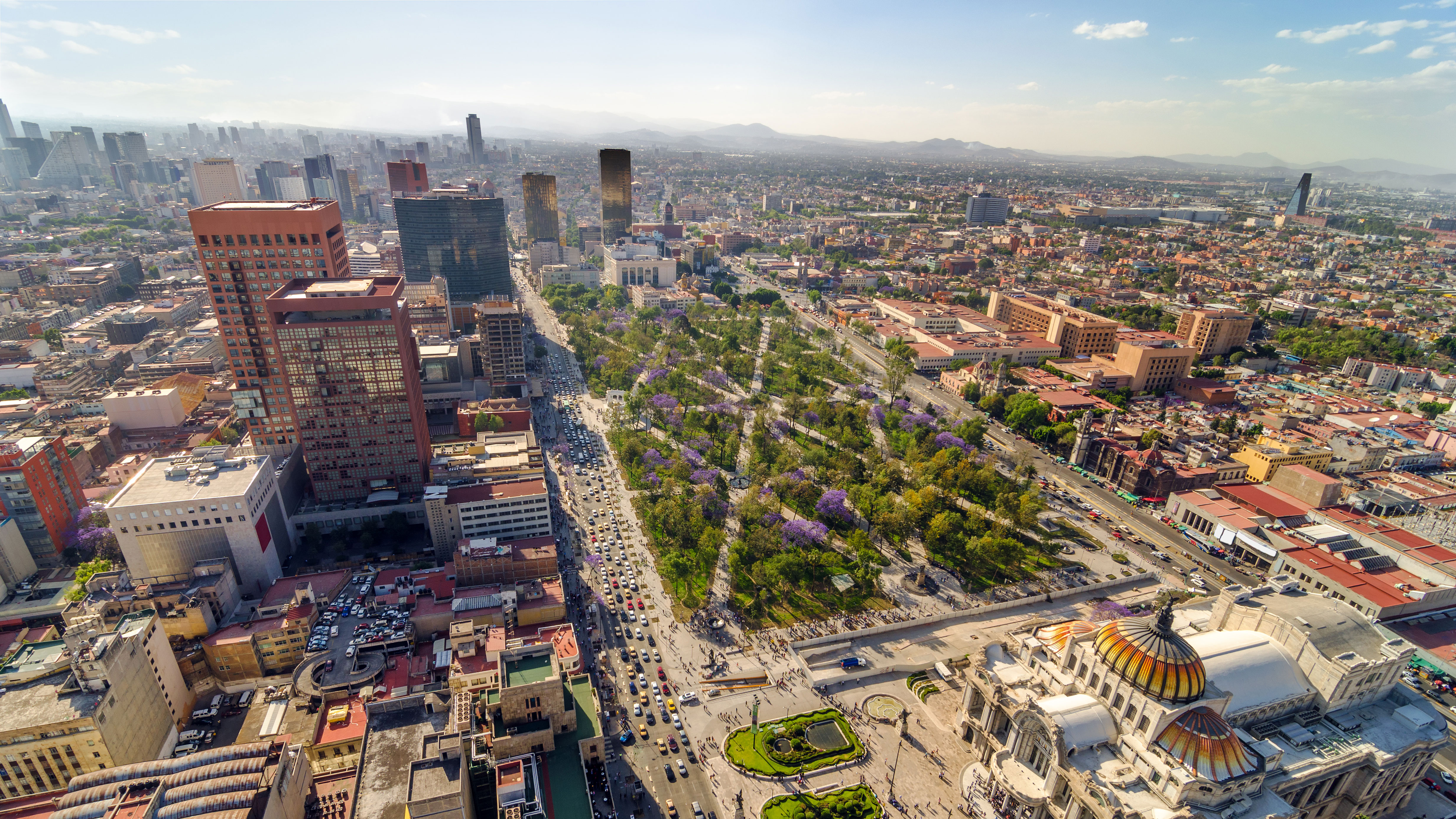
Named one of the 50 most beautiful cities in the world by Condé Nast Traveler, Mexico City will become the sixth World Design Capital in 2018. The title recognises Mexico City’s commitment to using design as an effective tool for economic, social and cultural development – making it an inspirational model for other global cities, and an attractive destination for creatives.
Home to branches of world-class design studios like Anagrama – which has more Facebook followers than Sagmeister & Walsh – the city isn’t short on design talent or work opportunities. Nearly every major American corporation has a presence in the oldest capital in the Americas, from Apple and Amazon to Procter & Gamble, and in 2014, the creative sector accounted for seven per cent of the GDP.
Get the Creative Bloq Newsletter
Daily design news, reviews, how-tos and more, as picked by the editors.
“There’s a lot of work; everyone is busy,” says Rafael Prieto, co-founder of branding and architecture agency, Savvy Studio. “There are a lot of companies and the city itself is all about entrepreneurship – there’s always someone opening something. Competition exists, but it’s healthy and makes things interesting.”
The cost of living in Mexico City might be higher than the national average, but so are average design wages, points out Prieto, although they’re still a whopping 60 per cent lower than in London. And inspiration is everywhere: Mexico City is a melting pot of history and culture. Recognised as a World Heritage City in 1987, historic monuments like the Palacio de Bellas and ancient Aztec temple ruins Templo Mayor attract tourists from all over the world, while numerous museums, art galleries and theatres provide constant cultural activity.
“I chose to live in Mexico City because of its character,” says Prieto. “It’s relevant, it has energy, and somehow it feels that there are possibilities – creative people from everywhere are all busy just doing their thing,” he smiles.
02. Berlin
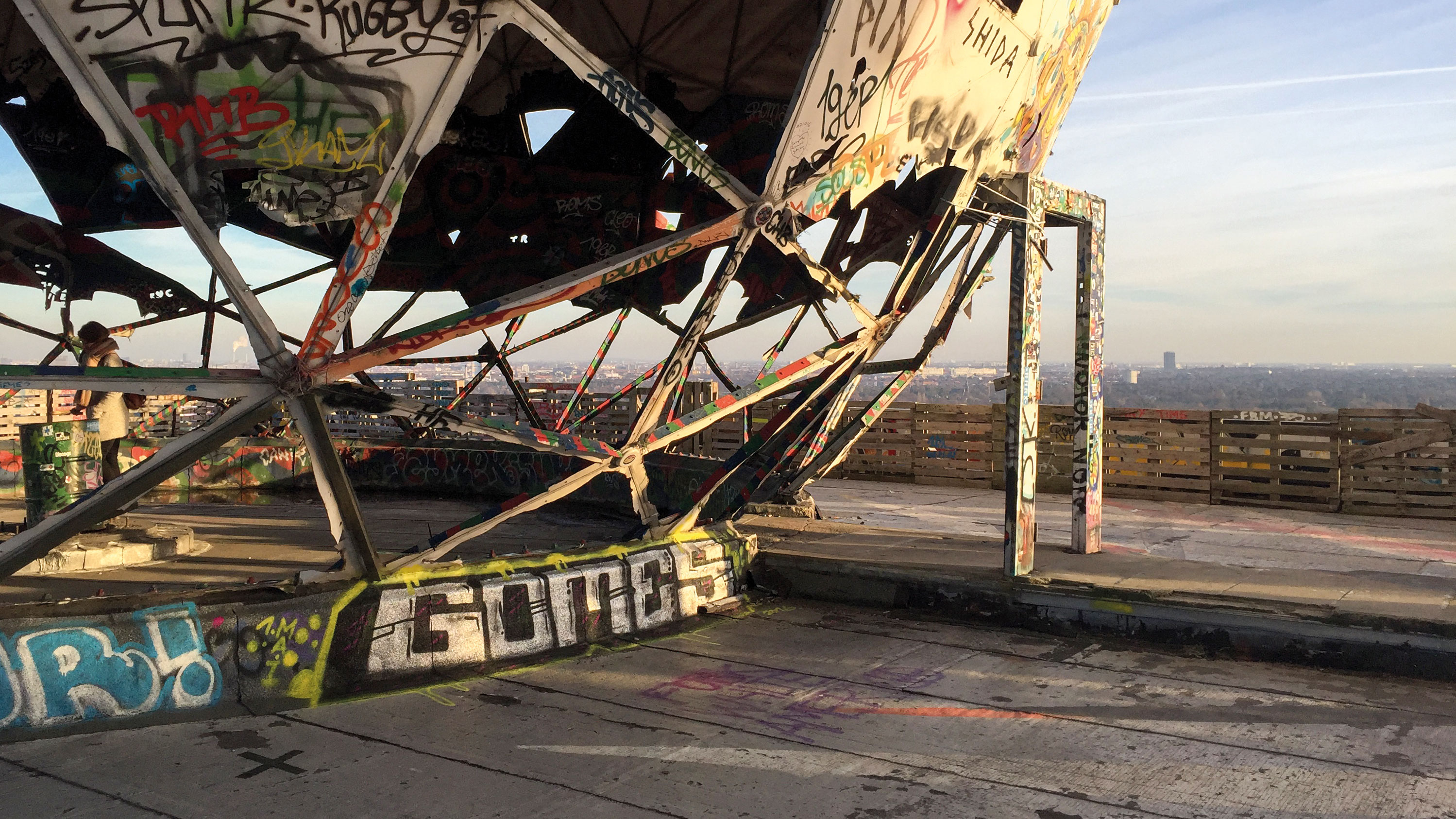
Long a hotspot for the trendy start-up scene, Germany’s culturally diverse, tolerant and cosmopolitan capital remains a thriving mecca for talented creative minds from all around the world.
In fact, according to the UNESCO Creative Cities Network Monitoring Report 2008-2016, creativity is Berlin’s key distinguishing feature today. More than 195,000 people are currently working in the creative industries – that’s 10 per cent of all employees in Berlin. The city’s 30,000 companies in the sector generate a yearly turnover of more than €18 billion, adds the report, which shows that a dense landscape of design companies, service providers, showrooms, fairs and sales platforms has emerged in the last decade.
So why is Berlin so attractive to designers? With consistently high scores in international rankings for quality of life, affordable rents and moderate cost of living, it’s an economically viable proposition for studios, freelancers and big business alike. Factor in the city’s rich cultural offerings, vibrant atmosphere and outstanding education facilities, and it’s not difficult to see why heavy hitters like Edenspiekermann have a base here.
“Berlin’s vibe is much more chilled than, say, London,” says Lauren Kelly, a ‘designer-comepsychologist’ at design studio DURA, and founder of Glug Berlin. “There’s more of a focus on quality of life and life outside of work – the lower cost of living, sprawling parks and long summers definitely help. Money goes further, so there’s time to play, experiment and work on side projects.”
If you’re visiting the city, she suggests taking a walk to Teufelsberg. “It used to be NSA’s listening towers before the wall fell,” she explains. “Afterwards it became the playground of graffiti artists. It’s a great spot to enjoy breathtaking views.”
According to Coroflot, the median annual salary for a graphic designer is €36,000. That’s lower than other capital cities, says Kelly, but she points out that pay goes further in Berlin. “There’s a lot of opportunity for designers, especially those working in digital and product, due to increasing investment in the start-up scene,” she adds. “You can already see the influx of talent and business after recent political shifts outside of Germany. It’s a really exciting time to be here.”
03. New York

A raft of research puts New York City as the world’s leading creative hub. According to EY’s Global Talent in Global Cities 2015 study, New York takes the top spot for “creative class attraction”. Its unique cultural scene is, it says: “embedded in a cosmopolitan and forward-thinking urban environment, generally considered beneficial to creative activities.”
Certainly much work is available: NYC is America’s capital of finance and law, and with big business comes big design opportunities – as the city’s dense network of studios and agencies attests. According to AIGA, in 2014, NYC had 52 per cent more graphic design jobs than the next most-concentrated US city it studied (Los Angeles).
But competition between design shops is high. “New York attracts super bright people, all aiming for the same prize: to be the best. It takes incredible focus, discipline and hard work to run a business here,” points out Richard Cumming, owner of experiential marketing agency Two Goats Creative and founder of the New York Chapter of Glug. He’s worked at leading advertising agencies around the world and says NYC is one of the most multi-sensorial, immersive cities he’s ever lived in: “Between every blink, I take in a wealth of creative inspiration. And it’s great for networking.”
Salaries are good. Coroflot puts the median graphic designer annual wage at $51,000; while others place it closer to $65,000. “If you’re a good freelance senior designer, you could earn $1,250 per day,” adds Cumming. But with the cost of living 20 per cent more in NYC than London, and 68 per cent more than the average US state (AIGA), it doesn’t always go far. “Apartments are small and expensive, food is expensive, medical is ridiculously complicated and expensive, and entertainment is amazing – but expensive,” he says.
However, despite many arts organisations being priced out of Manhattan, NYC’s economic power, openness to ideas and world-class cultural assets remain a potent combination for creatives.
“The vibe is electric, enthusiastic, positive, progressive, exploratory, encouraging, competitive, courteous and kind,” says Cumming. “It’s not just about the city either: New York state is vast and has much to offer – I encourage you to explore all of it.”
04. London
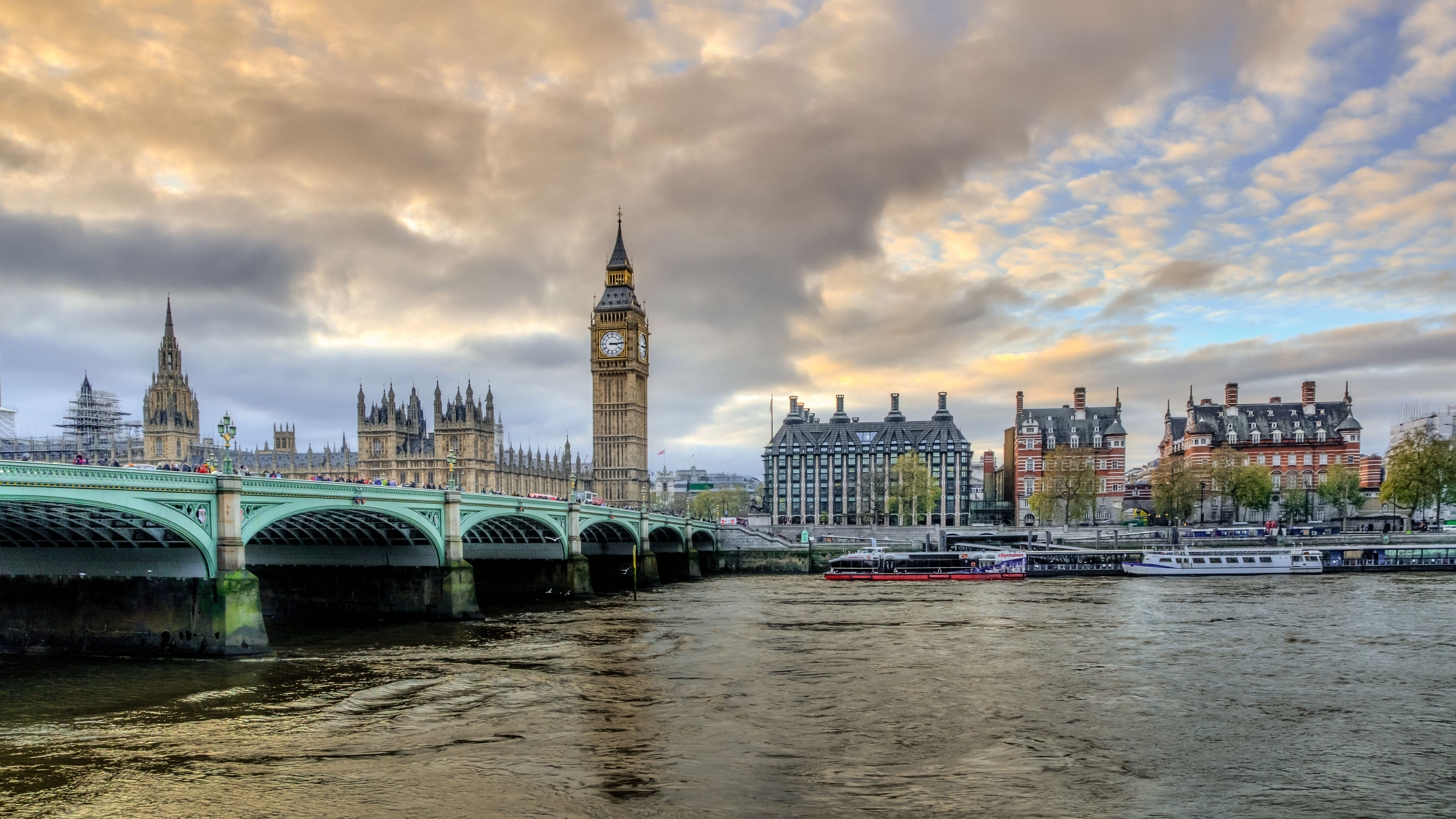
When the New York Times declared London the design capital of the world in September 2012, there were 1.7 million jobs in the creative industries across the UK. By 2015, this figure had risen to 1.9 million, with a huge 40 per cent of those based in the capital. One thing is clear: despite the growth of creative clusters like Bristol, Manchester and Edinburgh, London remains the epicentre of the UK’s booming creative industries.
Steeped in history, London is a magnetic, multicultural metropolis that attracts business, tourism and talent. A world-class education system ensures a culturally diverse incubation of design talent, while a wealth of high-profile international design firms promise jobs, competition and opportunity. “London has top-class music, art, fashion, sport, tech, film and design – the list doesn’t really end,” agrees Hamish Gardner, a designer at creative agency The Beautiful Meme. “As graphic designers, we have the privilege to dip in and out of these worlds. I’d recommend it to anyone.”
Yet London failed to make the world’s top 30 cities for best quality of life in Mercer’s 2016 survey. Social unrest dented the capital’s stability during the 2011 London riots, and today the UK faces new challenges with Brexit. Cost of living, too, is wildly inflated compared to the rest of the country.
So how tough is it to make it as a designer in the Big Smoke? “Entry level internships and placements normally pay London ‘living wage’ – £19K per year,” reflects Gardner. “A junior salary will make things easier, but we’re talking about London. We pay twice whatever you do for what you buy.”
Nevertheless, London remains a tantalising creative prospect. “Competition is tough, but the huge wash of agencies and studios that range in discipline from packaging to 3D allows you to specialise, and carve a niche for your creative path without alienating too many job opportunities,” he adds. “This alone is a huge advantage to seeking meaningful design work in London.”
05. Cape Town

A visit to Cape Town soon shows why designers are drawn to the city. The 2014 World Design Capital is home to a number of flagship global industry events, including the annual Design Indaba conference and festival, as well as a high number of design-led organisations, events, networks and publications.
Inspiration is everywhere. Influenced by Zulu, Xhosa and other African tribes – as well as Dutch, British, German, French and Indonesian settlers – distinct neighbourhoods with diverse histories and architecture offer cultural stimulation, while breathtaking landscapes, an agreeable climate and a relatively low cost of living add to the appeal. Statistics from Numbeo show that the cost of living in Cape Town is 55.45 per cent lower than in New York and 46.38 per cent lower than London. Wages are lower, too, of course: according to Ad Talent’s 2016 salary survey, graphic designers with two to five years’ experience earn on average between R168,000-300,000 per year (versus R192,000-R360,000 in Johannesburg).
However, while South Africa has made significant strides since 1994 to reduce extreme poverty and crime, Cape Town ranked within the 10 most violent cities in the world in the most recent report from the Mexican Council for Public Security and Criminal Justice. Nevertheless, creativity is a key driver of growth. The Design Indaba Expo, for example, contributed more than R2 billion to the South African GDP over the seven years in which it ran.
Pure Creative founder Andrew Burke returned to South Africa in the 1990s after 10 years living and working in the UK. He watched a new energy develop after Mandela’s release in 1990: “This energy passed over into the world of design and was simply electric,” he recalls. “From typographers to product manufacturers, fashion designers and artists, creatives are no longer ashamed to be African. We have embraced our unique history, taking inspiration from the geographic colours, landscape textures and the many tribes of Africa to develop an entirely new style that can stand proudly on the international design stage. It’s an exciting design hub,” he says.
06. Seoul
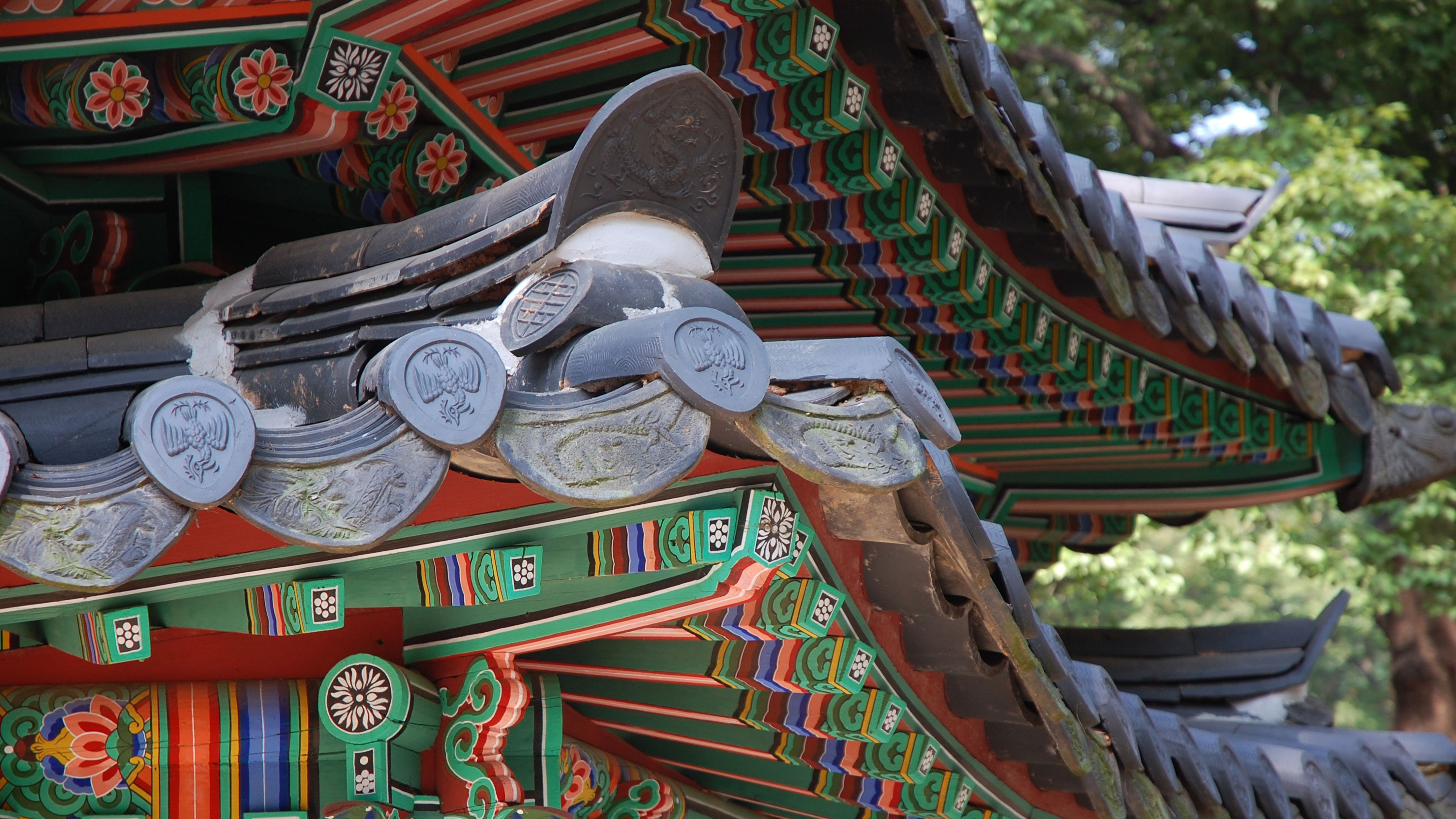
A fast-paced metropolis with a vibrant pop culture, ancient historical sites, exciting nightlife, an innovative arts scene and one of the world’s fastest digital infrastructure systems, Seoul has transformed into a prosperous, global cultural capital in a remarkably short amount of time. Since the 1990s, the South Korean government has targeted the creative industries to drive growth – and with approximately 73 per cent of Korean designers concentrated in Seoul, the city sits firmly at the heart of the national design scene.
Cost of living is only 2.5 per cent lower than in London, but low crime rates, high quality of life and a thriving design scene make it an attractive destination for creatives. “Lots of things happen here – projects, festivals and exhibitions,” confirms Jin Kang, a member of Seoul-based design collective Ordinary People. “It’s fast-paced, and this atmosphere challenges us to create cool new projects. There are a lot of opportunities and many fun people. We recommend a visit.”
07. Barcelona
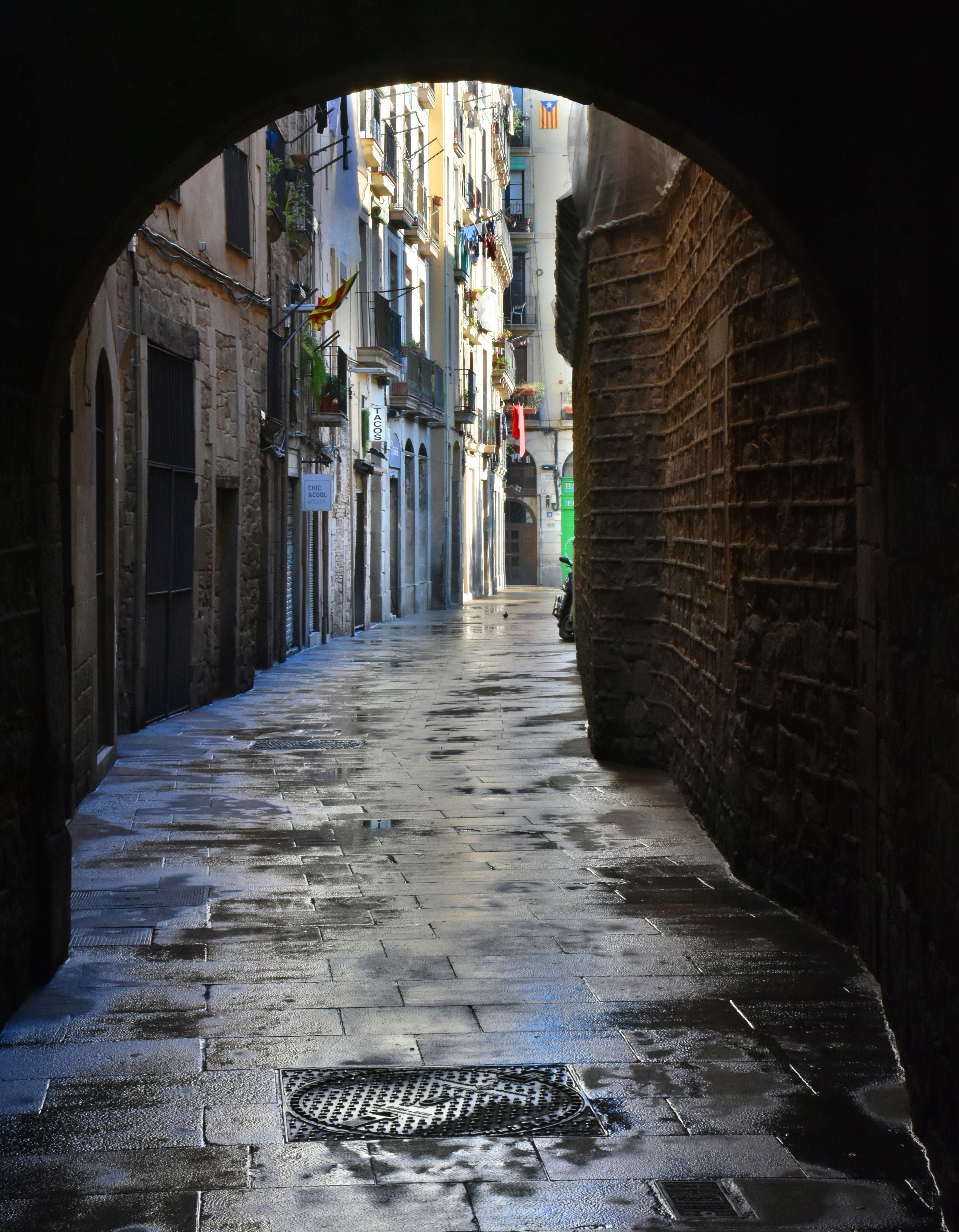
There’s more to Barcelona than the Sagrada Família, Antoni Gaudí and the Picasso Museum. Design is everywhere: bold logos and vibrant identities cover the buses, beach and boulevards, while a rich concentration of progressive studios and freelancers – including the likes of Mucho, Hey, Toormix and Folch – continue to raise the stakes in exciting, forward-thinking design.
Barcelona is undoubtedly an attractive proposition for creatives. But despite its cultural diversity and ideal climate, the city dropped to 39 in Mercer’s 2016 Quality of Living Survey after the recession, which hit the city hard. “‘Rent’ has become the world’s most hated word here,” says Nathalie Koutia, communications director of OFFF Barcelona. She adds that creatives in Barcelona are more likely to be working for companies abroad than on local projects.
Hey founder Verònica Fuerte agrees. “There aren’t a lot of opportunities here, and Barcelona is becoming very expensive to live. The cost of living has gone up but our salaries haven’t.”
However, neither wouldn’t leave: “I love it here,” says Fuerte. “It’s intimate, uncomplicated and exciting. The design scene is very active – there’s a lot of collaboration – and there’s a good balance between work and life. I can’t imagine living in a city where it’s grey all day.”
08. Buenos Aires
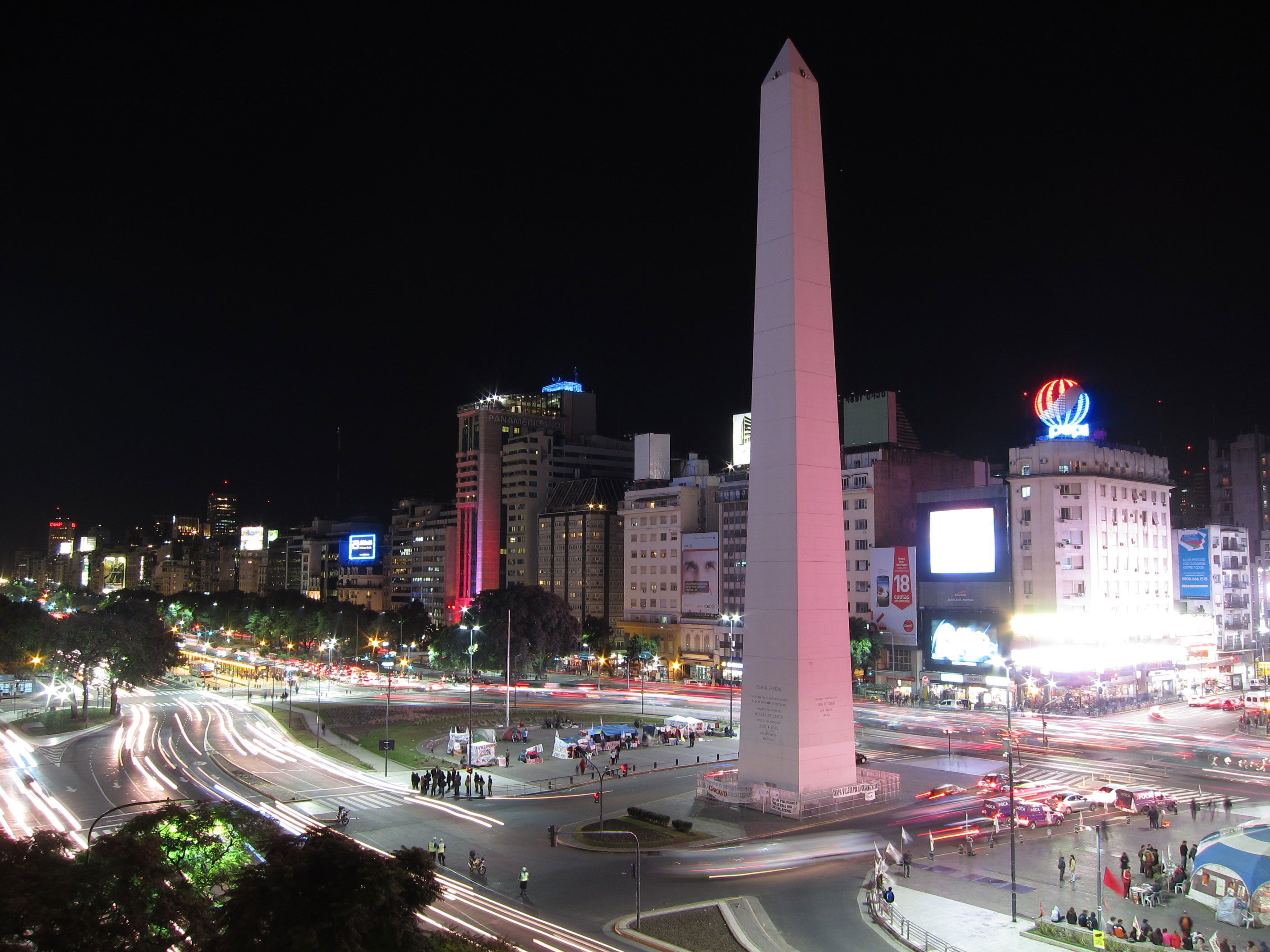
Dubbed the ‘Paris of the Southern Hemisphere’, Buenos Aires is a seductive city of contrasts and contradictions. Skyscrapers sit alongside shanty towns; global trends are interpreted with the city’s effervescent Latin lifeblood. “It’s magical and crude at the same time,” says Mariano Sigal, founder of multidisciplinary design studio Cinco. “An air of freedom and non-prejudice transits its streets, and this is translated into the design scene: simple, neutral lines coexist with pop colours; French curves are mixed with rational and modernist terminations. There is an orderly disorder that’s very difficult to describe.”
Between 2004 and 2012, the creative sector grew by 89.1 per cent in real terms, according to UNESCO’s 2016 Buenos Aires City of Design report. Today it represents up to 8.6 per cent of the city’s GDP and 9.1 per cent of the city’s workforce, employing almost 150,000 people. “Unfortunately, the country is in a recessive stage, economically speaking,” says Sigal, adding that independent designers have responded by creating “small, genuine brands” – which is where the interesting work is, in lieu of a large local client pool. “Designers can support themselves, though, and live in Buenos Aires in a dignified way – they can have good wine from time to time and enjoy the wonderful Argentine beef,” he adds.
Mercer’s 2016 Quality of Living Survey ranked Buenos Aires relatively low (93rd out of 230 countries) thanks to issues in safety and drug-related violence, but with a low cost of living (34.65 per cent lower than London), good work-life balance and a rich cultural heritage, Buenos Aires remains an attractive proposition for expats and visitors.
09. Montreal
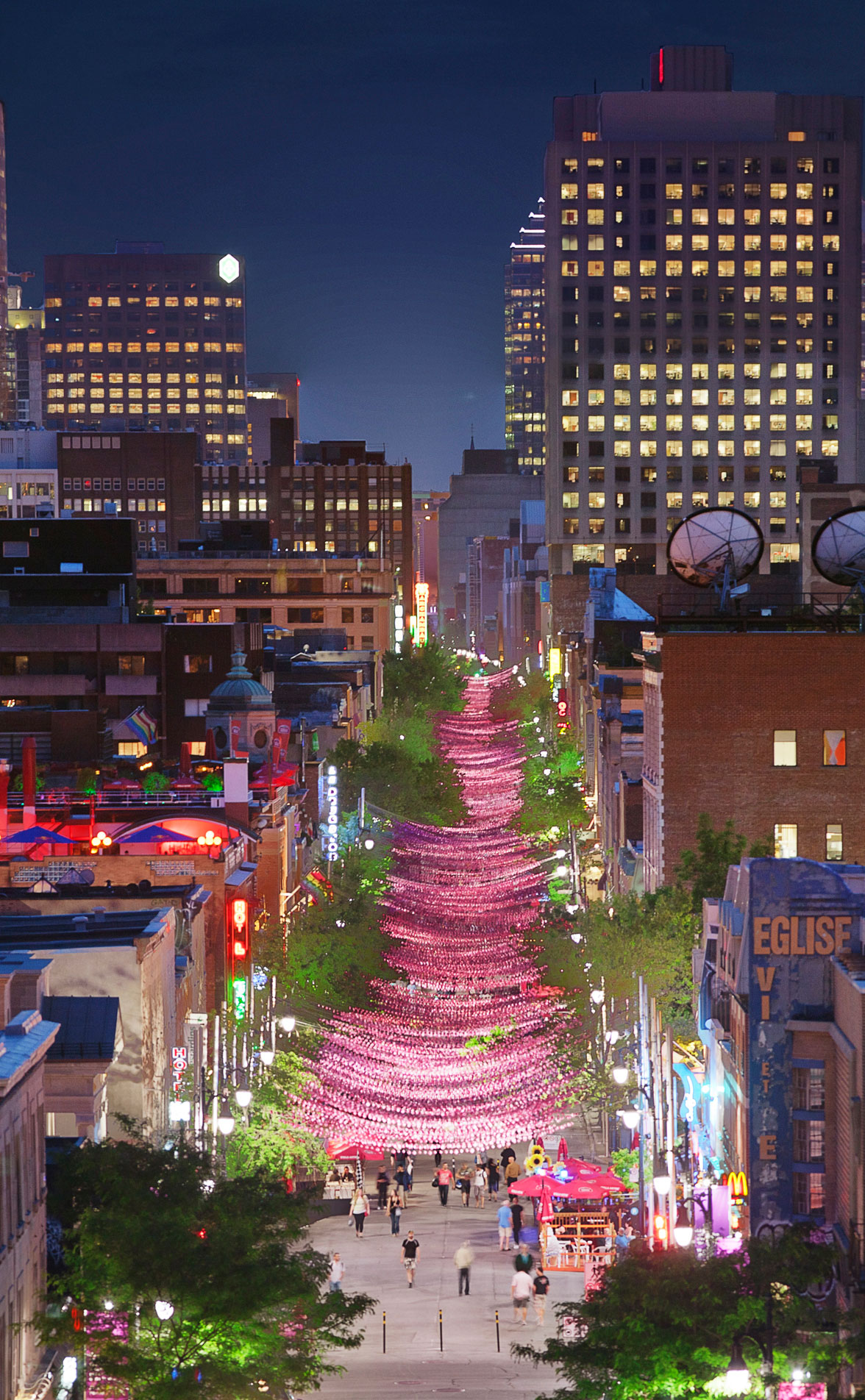
Montreal isn’t called a ‘city of designers’ for nothing. Data obtained by UNESCO shows that in 2015, over 25,000 designers worked in the city, with the field responsible for 34 per cent of the overall economic impact of the cultural sector. With a thriving arts and music scene, Montreal is young, multicultural and boasts some of the most exciting names in the industry – including studio Vallée Duhamel.
“Montreal is big enough to have all the good parts of a city; nice museums, great restaurants and a very good music scene, but at the same time it’s small enough that you can connect with a lot of different people and grow a network that’s really interesting professionally,” says Julien Vallée, cofounder of Vallée Duhamel. He highlights Mile End – an ethnically diverse neighbourhood in-between Montreal’s francophone and anglophone districts – as a particularly active neighbourhood for creatives.
Salaries tend to be a little lower than other cities in Canada – Payscale.com puts Montreal’s median graphic designer salary at C$40,222 – but the cost of living is lower too. “There are a lot of great studios and freelancers here,” adds Vallée.
10. Melbourne
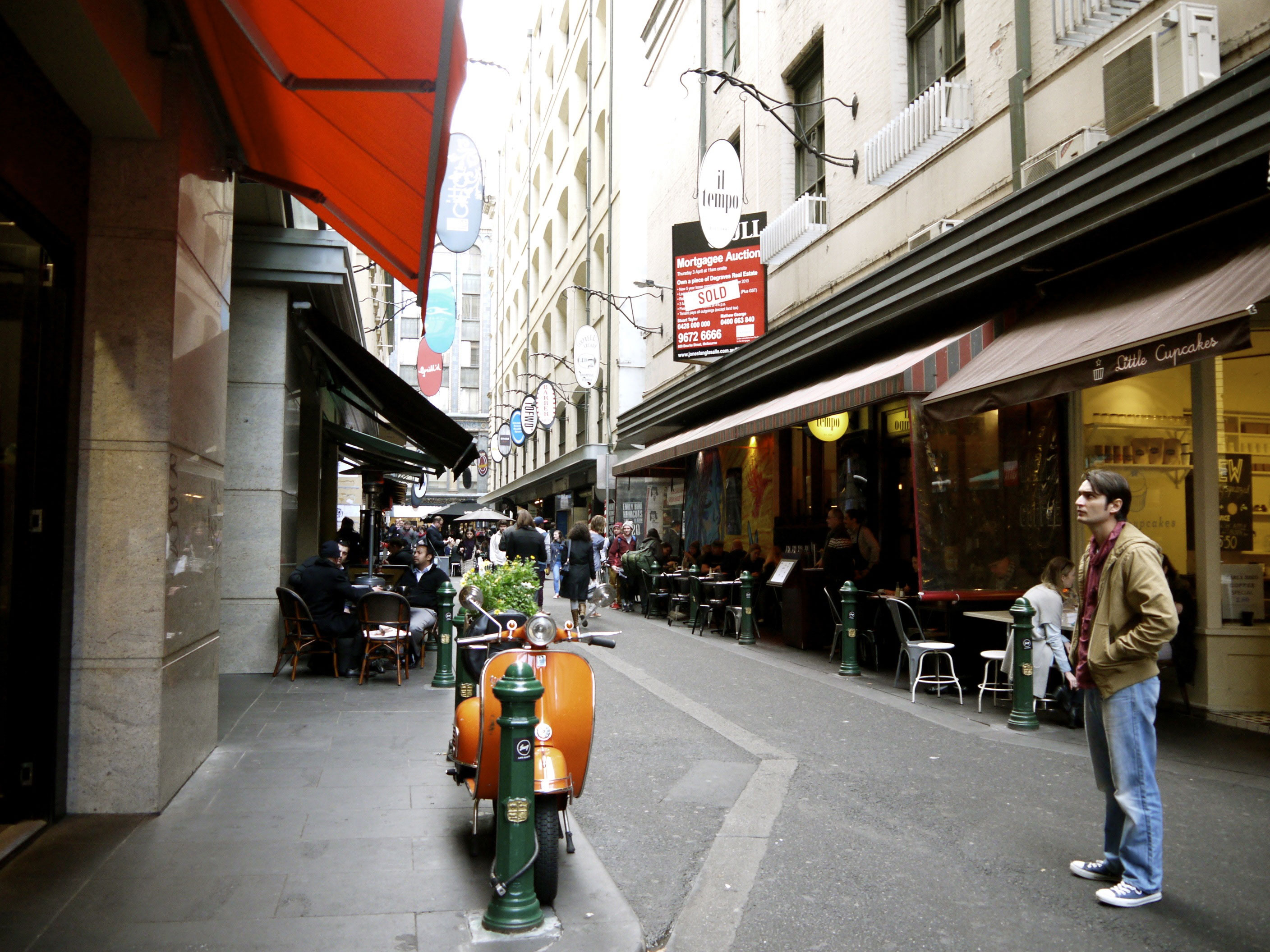
In Melbourne, food and drink are taken as seriously as design. Peer into any of the city’s gritty alleyways and you’ll be rewarded with cool cafes, trendy bars and boutique galleries, while a thriving design culture ensures creativity around every corner. “You can’t walk far without seeing a really well-crafted piece of graphic communication, cool sign or cafe identity,” says Pete Johnson, founder of design studio Can I Play. “There are world-class graphic, fashion and furniture designers along with some of the best architects on the planet. Inspiration is only a block or two away.”
Average pay sits around AU$50,190 per year, says PayScale, but while cost of living is cheaper than Sydney, Melbourne isn’t cheap. “Housing prices are though the roof,” says Johnson, adding that design is a popular career choice so competition for jobs can be tough. “That said, it’s a great place to get in the mood to design. And everyone seems to be having a good time on a Friday evening!”
This article was originally published in Computer Arts magazine issue 264. Buy it here.
Related articles:

Thank you for reading 5 articles this month* Join now for unlimited access
Enjoy your first month for just £1 / $1 / €1
*Read 5 free articles per month without a subscription

Join now for unlimited access
Try first month for just £1 / $1 / €1
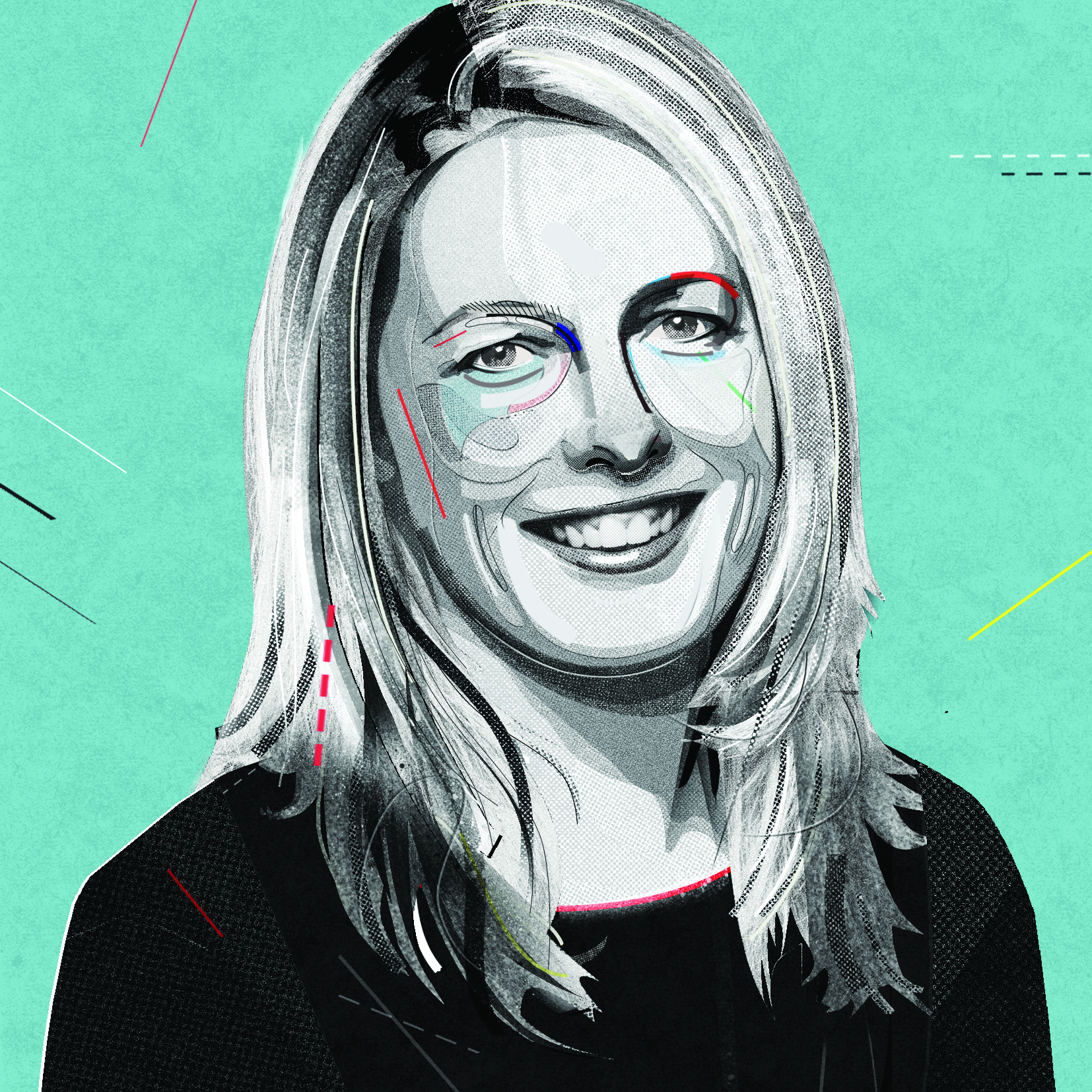
Julia is editor-in-chief, retail at Future Ltd, where she works in e-commerce across a number of consumer lifestyle brands. A former editor of design website Creative Bloq, she’s also worked on a variety of print titles, and was part of the team that launched consumer tech website TechRadar. She's been writing about art, design and technology for over 15 years.
